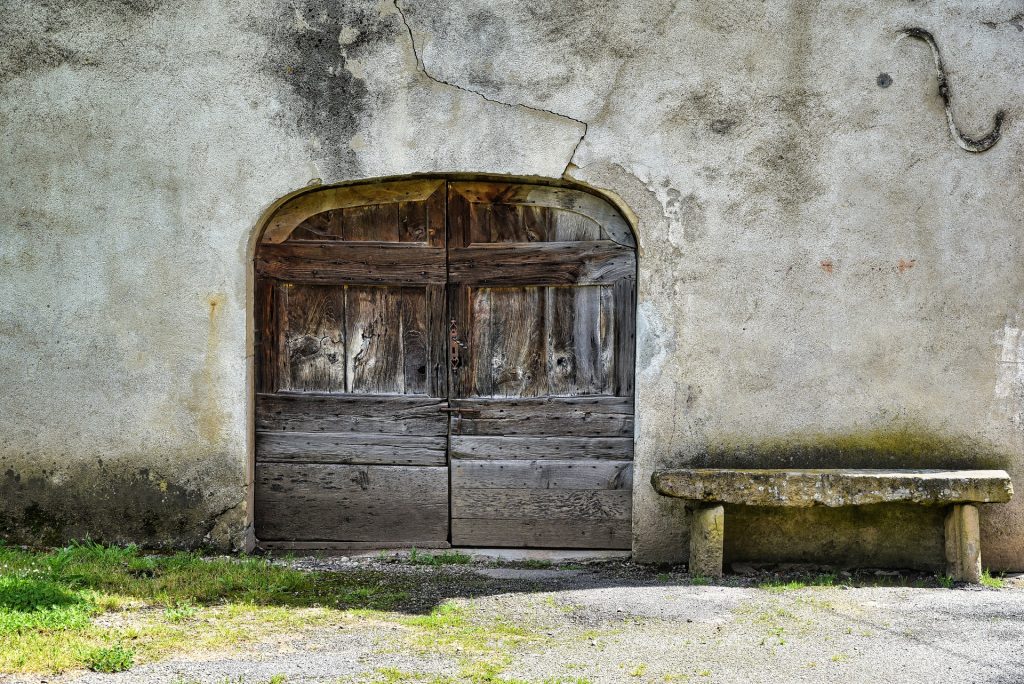Modern approaches to managing historic sites with subsidence
Beneath London’s bustling streets, the city’s historic foundations silently bear the weight of subsidence. From medieval alleyways to grand Victorian façades, the ground shifts imperceptibly, challenging the resilience of aged, beautiful architecture. As urban landscapes evolve, the need to preserve these treasures grows more urgent. Here, Andy Lee, VP of engineering at geotechnical contractor firm Geobear, explores how subsidence is impacting these historic districts and the innovations that can safeguard our collective artistic inheritance.
Why are historic districts particularly at risk of subsidence?
Historically, urban centres were built on made-ground: a mix of materials like medieval household waste, construction debris, organic remains, and gravel used to level the ground. This ground was usually not compacted correctly, making it prone to subsidence. Many historic buildings have shallow foundations and cannot tolerate the movement associated with subsidence, which is the gradual downward settling or sinking of a ground’s surface due to factors such as the removal of underlying materials, changes in moisture content or the collapse of underground voids.
In cities near water, such as Portsmouth and Bristol, many buildings stand on wooden piles which degrade when exposed to the air. Subsidence issues for historic districts have worsened over the years due to shifts in groundwater levels. Climate change, with its unpredictable weather patterns, has exacerbated the problems. Heavy storms cause water ingress, affecting inadequately compacted made-ground, leading to settlement and further compaction.
Clay soils undergo a shrink-swell cycle, expanding when wet and contracting when dry. This natural behaviour, known as clay shrinkage, has become more prevalent due to warmer summers and drier winters. As clay soils lose moisture and contract, the ground can shift and lead to subsidence. This issue is particularly relevant to historic buildings, as their shallow foundations are less able to tolerate such ground movement.
Where are the biggest concerns?
Clay shrinkage is a significant issue in eastern UK regions like East Anglia. In the Fenlands, peat and clay prevalence has required careful water management to combat subsidence, such as artificially raising the peatland water table. The low structural strength and high compressibility of organic soils exacerbates this problem.
Similarly, south-east London, situated on the London Clay Formation, has a long history of subsidence due to ground movement. According to the GeoClimate UK Climate Projection (UKCP) Scenarios, these regions are particularly susceptible to clay shrinkage, especially with the projected impacts of climate change.
Adopting a modern approach
Traditional approaches to subsidence, such as jet grouting and mass concrete underpinning, typically involve excavating large holes inside and outside the property to access the soils beneath foundations. This process can weaken the building’s structural integrity until new supports are installed. It also forces museums, businesses, or residents of the property to vacate for up to two months, due to intrusive and heavy construction work.
In historic buildings, vibrations from machinery and excavation may damage irreplaceable structural elements and compromise long-term stability. These methods often require specialised expertise and advanced supporting works, resulting in escalated costs for subsidence management in older districts, as well as additional project time.
Geobear approaches subsidence differently, using non-disruptive technology to overcome many challenges associated with those traditional methods. Geobear’s solution only requires drilling holes for tubes to inject its geopolymer solution into the voids or unstable soils beneath the foundations of the property, quickly enhancing soil stability without the heavy machinery or vibrations. This method is far safer for historic buildings, quicker to implement and allows residents to remain in their homes and roads to remain open.
Additionally, Geobear’s geopolymer solution is much faster and more cost-effective, typically requiring only a few days to complete. This efficiency opens opportunities for further improvements, such as enhancing cylindrical foundations, without increasing the risk of damage to the building.
Subsidence will only continue to worsen if not properly addressed, especially as climate change develops. Increased rainfall and flooding can wash soils away, while dry summers will lead to more clay shrinkage underground.
Preservation of historic buildings requires immediate and effective action to prevent further damage and loss of heritage. To read more about other historic buildings that Geobear has saved through its geopolymer technology, visit www.geobear.co.uk/case-studies/


